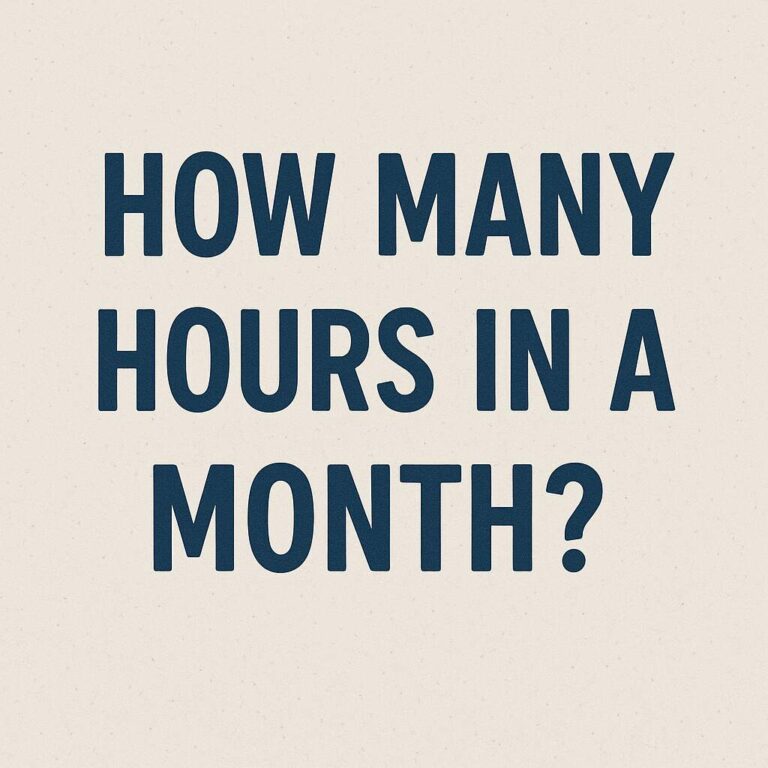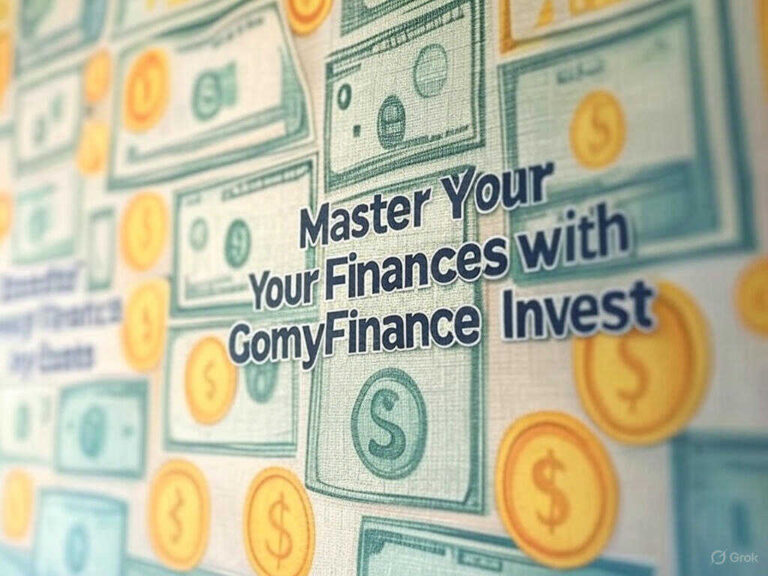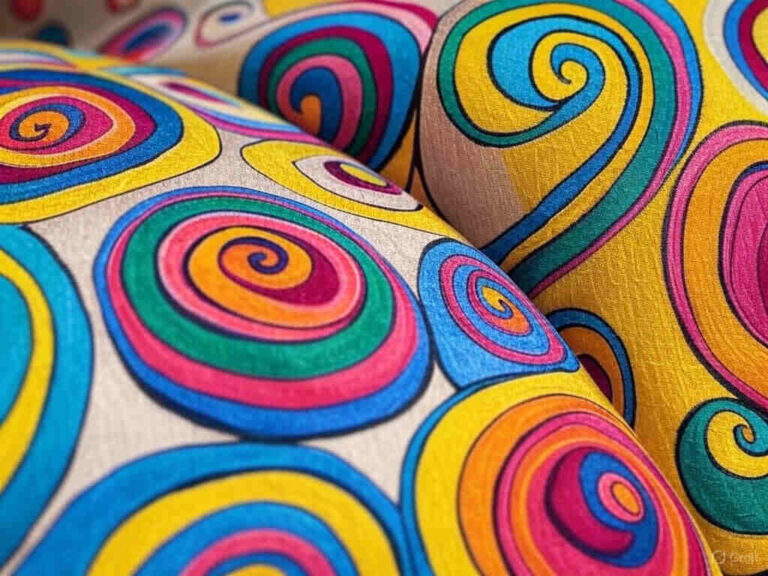
Markets for Makers
In a world dominated by mass production, markets for makers make a bold statement. These vibrant hubs—whether bustling craft fairs or sleek online platforms—bring artisans, crafters, and small business owners together to share their handmade creations with the world. Picture a sunny Saturday at a local market: the air hums with chatter, stalls overflow with unique treasures, and makers beam with pride as they connect with customers. These markets aren’t just about transactions; they empower creators, strengthen communities, and fuel local economies. As the appetite for authentic, handmade goods surges, markets for makers make a lasting mark by blending creativity with commerce in ways that benefit everyone involved.
Take Jenna, a woodworker from Chicago. She started carving small cutting boards in her garage, unsure if anyone would buy them. Then she joined a local market for makers. Within months, her booth became a crowd favorite, and her side gig grew into a thriving business. Stories like hers show why markets for makers make such a difference—they turn dreams into reality, one sale at a time.
Defining Markets for Makers
So, what exactly are markets for makers? At their core, they’re curated spaces where artisans and small-scale producers sell their handmade or unique products directly to buyers. These markets come in many forms: lively in-person events like craft fairs and pop-up shops, or digital platforms like Etsy that connect makers with a global audience. Whether it’s a weekend stall at the market for makers Chicago or an online shop buzzing with orders, markets for makers make it possible for creators to showcase their work without the barriers of traditional retail.
Think of a market for makers as a stage. On one side, you have makers—jewelers, potters, soap crafters—pouring their hearts into every piece. On the other, you have buyers hunting for something special, something that carries a story. These markets bridge that gap, creating a win-win where creativity shines and commerce thrives.
Types of Markets for Makers
In-Person Markets
Nothing beats the energy of an in-person market for makers. Picture rows of tents at a market for makers Miami, each bursting with handmade jewelry, colorful textiles, or artisanal snacks. Shoppers can touch a knitted scarf, smell a lavender candle, or try on a leather bracelet—experiences that build trust and spark sales. For makers, these events offer direct feedback and personal connections. In cities like Nashville or Houston, markets for makers often double as social gatherings, boosting local pride and keeping dollars in the community.
Online Markets
Then there’s the digital side. Online markets for makers, like Etsy or custom maker websites, break down geographic barriers. A quilter in Austin can sell to a buyer in London without leaving home. These platforms run 24/7, offering makers a steady stream of income and a chance to scale. For buyers, online markets for makers make shopping convenient, with filters to find exactly what they want—say, a hand-painted mug from the market for makers Los Angeles.
Hybrid Models
Some makers blend both worlds. At a market for makers Jacksonville, a potter might sell bowls in person while directing customers to her online store for custom orders. This hybrid approach maximizes reach: local fans shop face-to-face, while distant buyers browse digitally. As technology advances, hybrid markets for makers make flexibility a key advantage, letting creators adapt to any audience.
The Impact of Markets for Makers
Why do markets for makers make such a big deal? Because their influence stretches far beyond a single sale. They’re engines of growth, connection, and creativity. Here’s how:
Supporting Small Businesses
Starting a business can feel overwhelming—rent, inventory, marketing costs pile up fast. Markets for makers make it simpler. A booth at a market for makers Chicago 2024 might cost $75, far less than a storefront lease. Online, platforms like Etsy charge small fees per listing, letting makers test the waters without risking it all. This low barrier means more people—like Sarah, a Houston baker—can turn hobbies into income. She sold her first batch of cookies at a market for makers Houston, got rave reviews, and now ships nationwide.
Building Stronger Communities
Markets for makers are glue for neighborhoods. At the markets for makers Nashville, you’ll see families chatting with vendors, kids eyeing handmade toys, and makers swapping tips. Shoppers learn the story behind a quilt or a necklace, forging bonds that chain stores can’t match. In Austin, events like the markets for makers Austin draw crowds who stay for live music and food trucks, turning a shopping trip into a community celebration.
Boosting Local Economies
Every dollar spent at a market for makers stays close to home. Makers cash in, then buy supplies from local shops or hire help from their town. A National Endowment for the Arts study found that each dollar spent at a local market generates $2.50 in economic activity. At the market for makers Jacksonville FL, a leatherworker’s earnings might fund a new tool from a nearby hardware store, keeping the cycle alive. Markets for makers make commerce a grassroots effort.
Promoting Unique Creations
Mass production churns out sameness; markets for makers make originality the hero. At the market for makers Los Angeles, you might find a designer stitching clothes from vintage fabrics or a sculptor shaping clay into quirky figures. These markets spotlight talent that big retailers overlook, giving buyers access to goods with soul. It’s why shoppers flock to markets for makers Miami—they want something no one else has.
Turning Creativity into Profit
For makers, markets for makers make money flow. Selling directly skips the middleman, so a $30 handmade vase nets the full $30, not $10 after a retailer’s cut. Compare that to big platforms where fees chip away profits—markets for makers keep cash in creators’ pockets.
Pricing matters too. A smart maker at the market for makers Nashville might sell soap at $8 a bar, covering costs and earning a profit, while offering a bundle of three for $20 to nudge bigger sales. Upselling works wonders—add a $5 gift box, and that $20 necklace becomes a $25 purchase. Networking seals the deal: a chat at the markets for makers Chicago could land a wholesale order with a local boutique, turning one event into steady income.
Take Mike, a candle maker from Miami. At his first market for makers Miami 2023, he sold $200 worth of candles. A buyer loved his work so much she ordered 50 more for a wedding, netting him $750. Markets for makers make passion pay off.
Strategies to Stand Out as a Maker
Success at markets for makers takes more than great products. Here’s how to shine:
Create Eye-Catching Displays
First impressions count. At the market for makers Austin, a jeweler might drape a table with velvet and hang necklaces on driftwood stands. Online, sharp photos and clean layouts grab attention. A soap maker at markets for makers Jacksonville once stacked bars in a pyramid with a chalkboard sign listing scents—sales soared. Make your setup irresistible.
Price Your Products Smartly
Pricing trips up newbies. Cover materials and time, then add value for your skill. A $15 scarf might seem steep, but if it’s hand-knitted, buyers at markets for makers Houston will pay it. Test prices—start at $12, bump to $15 if demand holds. Bundles (three for $40) or small add-ons (a $2 card) boost totals without scaring folks off.
Engage with Customers
Stories sell. At the market for makers Chicago, a potter shares how she digs clay from a local river—buyers eat it up. Online, write product descriptions with personality: “This mug survived my toddler’s tantrum—tough as nails!” At markets for makers Los Angeles, chatty vendors outsell the quiet ones. Connection builds loyalty.
Leverage Social Media
Spread the word. Post a teaser on Instagram—“Catch me at markets for makers Miami this weekend!”—with a photo of your wares. Use hashtags like #marketformakers or #chicagomarketformakers to reel in locals. At the market for makers Jacksonville 2024, a vendor’s live video drew a crowd. Online, tag your shop in every markets for makers post to drive traffic year-round.
Where to Find Vibrant Maker Communities
Markets for makers thrive where creativity runs deep. Here’s where they pop:
- Chicago: The market for makers Chicago scene rocks year-round. Events like Ravenswood’s market for makers Chicago 2024 pack in 50+ vendors—think pottery, prints, and pastries. Holiday editions draw even bigger crowds.
- Miami: Art vibes fuel markets for makers Miami. The Miami Market for Makers blends tropical flair with handmade goods, from coral-inspired jewelry to citrus soaps. Check the market for makers Miami 2023 reviews—shoppers rave.
- Los Angeles: LA’s markets for makers Los Angeles mix Hollywood glitz with grit. The Melrose Trading Post offers vintage finds and fresh crafts—perfect for the market for makers LA crowd.
- Nashville: Music City’s markets for makers Nashville shine, especially at holiday markets. The Nashville Market for Makers pairs handmade gifts with live tunes.
- Austin: Quirky markets for makers Austin fit the “Keep Austin Weird” vibe. The Blue Genie Art Bazaar is a local gem, overflowing with oddball creations.
- Houston: Growing fast, markets for makers Houston spotlight talent. The Houston Market for Makers often features demos—watch a glassblower at work.
- Jacksonville: The market for makers Jacksonville scene heats up with events like the market for makers Jacksonville 2024, showcasing Florida-made goods.
Trends Shaping Maker Markets
Markets for makers make waves as trends evolve. Here’s what’s next:
Sustainable Goods
Green is in. Buyers at markets for makers Brooklyn snap up upcycled bags or zero-waste soaps. Makers who tout eco-friendly practices—like a market for makers Austin vendor using reclaimed wood—win loyal fans. Sustainability sells.
Urban Pop-Up Events
Cities like LA and Chicago host quick-hit markets for makers. A market for makers Chicago summer pop-up might last a day but draw hundreds. These short bursts create buzz—perfect for testing new ideas without long commitments.
Virtual Marketplaces
Tech powers markets for makers. Online events, like a market for makers 2024 live stream, let makers sell worldwide. Platforms like Shopify or the market for makers near me search trend make it easy to shop or vend from anywhere.
FAQs About Markets for Makers
How often do markets for makers take place?
It depends. The Chicago Market for Makers 2024 runs quarterly, while markets for makers Miami might go monthly. Online markets? Always open. Check local listings or Instagram for dates.
Are there virtual options available?
Yes! Beyond Etsy, virtual markets for makers host live sales or Zoom showcases. The market for makers vendors love these for extra reach—no booth required.
What are the best ways to participate as a vendor?
Apply early—spots fill fast at markets for makers Chicago. Bring a killer display and enough stock. Online, use crisp photos and snappy descriptions. Promote with a markets for makers coupon if allowed.
Why Markets for Makers Make a Difference
Markets for makers make a ripple that lasts. They lift creators like Jenna and Mike, turning hobbies into careers. They knit communities tighter, from markets for makers Nashville to markets for makers Jacksonville FL. They pump cash into local pockets and put unique finds in buyers’ hands. Whether you’re a maker chasing profit or a shopper seeking soulful goods, these markets deliver. Next time a market for makers near me pops up, go—you’re not just shopping; you’re supporting a movement.





